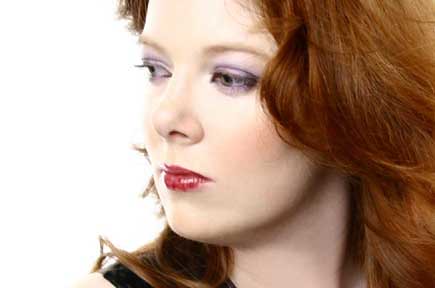From the Beast to the Blonde - Marina Warner

There's something very special about fairy tales. Once you scrape off Disney's saccharine coating, you find the dark and organic result of centuries of storytelling, with deep roots in a time when brides were bartered, children abandoned, and real beasts roamed in the woods. Most people are vaguely aware that the tales had darker meanings before the blood was squeezed out for today's child audience, but their actual evolution is less well-known. The obvious answer, "the Victorians did it", is not good enough for Warner, who has taken a long look at the hows and whys of the changing tales; this book examines the relationship between the tales and their tellers, and how their values and their status in society have affected the stories' development.
This sounds like a really interesting topic, which is why I bought the book, but unfortunately it is marred by the vague and directionless style of argument. After not very many pages, I gave up trying to find any consistent line of reasoning, and surrendered myself to the current, which swirls through the book in eddies and whirlpools, going round and round the topic like the mulberry bush of yore. Warner often seems to be arguing with herself, paragraphs change tack halfway through and separate discussions are muddled together in very confusing ways; it's easier in the end to just go with the flow and pick up what information can be gained on the way.
The research is meticulous, and though the sources are not directly referenced, there's a huge bibliography at the back, and it's clear that a whole lot of work has gone into this. Again, though, it's let down by the structure; the facts are just shoved into the pages in no logical order. Though the book is ostensibly divided up into two sections, Tellers and Tales, the information about each is strewn across the whole book with little regard for either the purported structure or the ignorance of the interested layman, who is probably the book's target audience. In early chapters we hear things like "It's clear that [obscure French authoress X]'s own background affected her treatment of this story" - but who this woman is, and even what her treatment of the story is, is not mentioned until several chapters later. As you might imagine, this rather hampers comprehension.
The depth of the research to some extent disguises its lack of breadth, but it's quite clear that Warner is pursuing a particular agenda. Her choices of fairytale to analyse are specifically the ones that illustrate the roles and expectations of women - for the most part, this includes the mainstream ones like Cinderella, Snow White, Little Red Riding Hood and Bluebeard, but she also examines more obscure ones such as the incest fable Donkeyskin, and ones with less historical significance such as The Little Mermaid, ignoring hundreds of others that don't quite fit into her narrow mandate. Of course, it would be hard to cover every single one of these, but it seems rather suspect to be evaluating an entire genre and extrapolating about societal changes from such a narrow selection of tales. The name "Freud" also appears rather too many times to be able to take her analysis entirely seriously.
To be fair, there are some absolutely fascinating nuggets of information concealed here - not just the older versions of the tales with Sleeping Beauty's cannibal mother-in-law and a sticky end for Little Red, but also some of the hidden meanings that have been lost as society has developed. For instance, Bluebeard's multitude of dead wives harks back to a time when many women died in childbirth and almost all widowers remarried, and Beauty and the Beast was a genuine protest against the very real dangers of arranged marriages. But, it waffles, it rambles, it blathers, and ultimately it doesn't really go anywhere. Damn shame.
5/10



0 Comments:
Post a Comment
<< Home